
“Immersive” refers to an experience that fully involves or engrosses the senses, making you feel completely surrounded by a particular environment or activity. “Immersion,” on the other hand, refers to the state of being fully engaged or absorbed in something. The Rockford Aquarium Design team will engage both, in the exhibits that are planned.
The Rockford Aquarium’s sensory experience of immersion would depend on the design and execution of the aquarium’s exhibits and displays. It could be considered immersive if it provides a realistic and captivating environment that fully engages the visitor’s senses and draws them into the underwater world. The level of immersion experienced by visitors may vary depending on their level of interest, attention, and involvement in the exhibits.
The Aquarium’s goal is to create an environment that feels detached from the outside world, allowing visitors to fully immerse themselves in the aquatic environment. The aquarium’s layout, lighting, and sound effects, along with the selection of aquatic species, will play a role in creating this immersion experience.
The exhibits will be designed to provide a hands-on learning experience that enhances the visitor’s understanding and appreciation of aquatic life. The exhibits will display information about the aquatic species’ habitats, behaviors, and conservation efforts, giving visitors a more in-depth understanding of the underwater world.
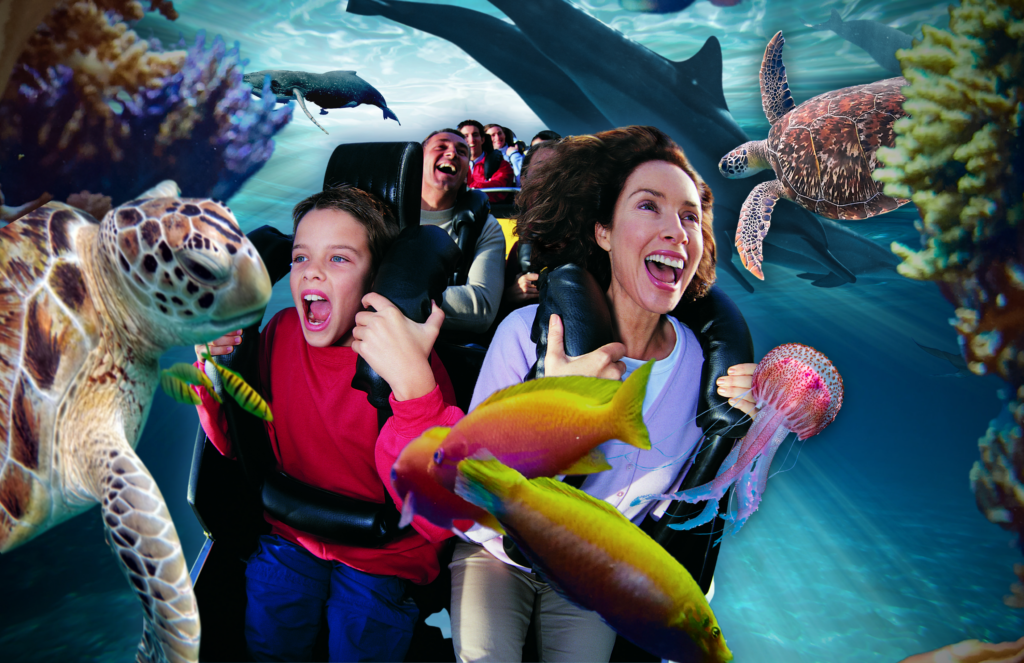

Enjoying an aquatic experience doesn’t have to mean gazing just through a wall of glass. Interactive exhibit spaces, offer multi-sensory experiences that are meant to immerse you within the water world itself.
Throughout the facility you will find multi-sensory installations that features a series of dedicated edutainment environments, each curated for a plethora of different water experiences for you and your family. Immersive experiences will be made to awaken wonder, build community, and provide a better understanding of the world we live in.
At any given time, visitors will be able to explore multiple installations of edutainment experiences within the venue, creating a new experience each time that offers a spectacular 360° video and a one-of-a-kind virtual reality which complements the immersive experience.
An immersion exhibit is a lushly planted naturalistic environment that gives visitors the sense they’re actually in the natural habitat. By recreating as many sights and sounds as possible from natural environments, immersion exhibits provide an exciting experience and educate visitors about how aquatic animals live in their habitat.
For example, you may wind your way through the conservatory’s freshwater stream’s edge as you spot the two-story waterfall and the tracks of deer who could have been there metaphorically speaking, just moments ago. Other subtle and simulated reminders that the natural world is filled with a wide variety of species. Along other pathways may serve as interpretive “nodes” in which visitors can learn more about animals and their conservation. They are yet another dynamic way that “immerses” visitors in some of today’s complex issues involving humans and wildlife conservation.

Creating an immersive experience at the Rockford Aquarium will also involve incorporating interactive elements such as touch tanks or virtual reality exhibits. These types of exhibits can increase visitor engagement and make the experience more memorable. The use of technology such as audio guides, augmented reality, and an aquatic mobile app can enhance the educational aspect of the visit. Visitors will be able scan QR codes to access additional information about the exhibits or participate in interactive activities that teach them about the underwater ecosystem in real time.
To create an immersive experience at the Rockford Aquarium, the design team will focus on creating a seamless flow throughout the exhibits, incorporating visual and auditory cues that help visitors feel transported to the underwater world. This will include the use of lighting, soundscapes, and even the temperature and humidity of the environment.
The aquarium will also be able to offer behind-the-scenes tours or special events that allow visitors to see the care and maintenance of the aquatic life, providing a more in-depth understanding of what it takes to maintain a healthy ecosystem.
In terms of education, the aquarium will offer different levels of programming for different age groups and knowledge levels. This can include hands-on activities for younger visitors, guided tours for older students or adults, and in-depth workshops or lectures for those interested in more advanced topics.
The aquarium will also collaborate with other institutions or organizations to offer interdisciplinary programming, such as art exhibits or music performances that are inspired by the aquatic world.
By creating a comprehensive and immersive experience that focuses on education and environmental awareness, the Rockford Aquarium can become a valuable resource for the community and a popular destination for visitors.
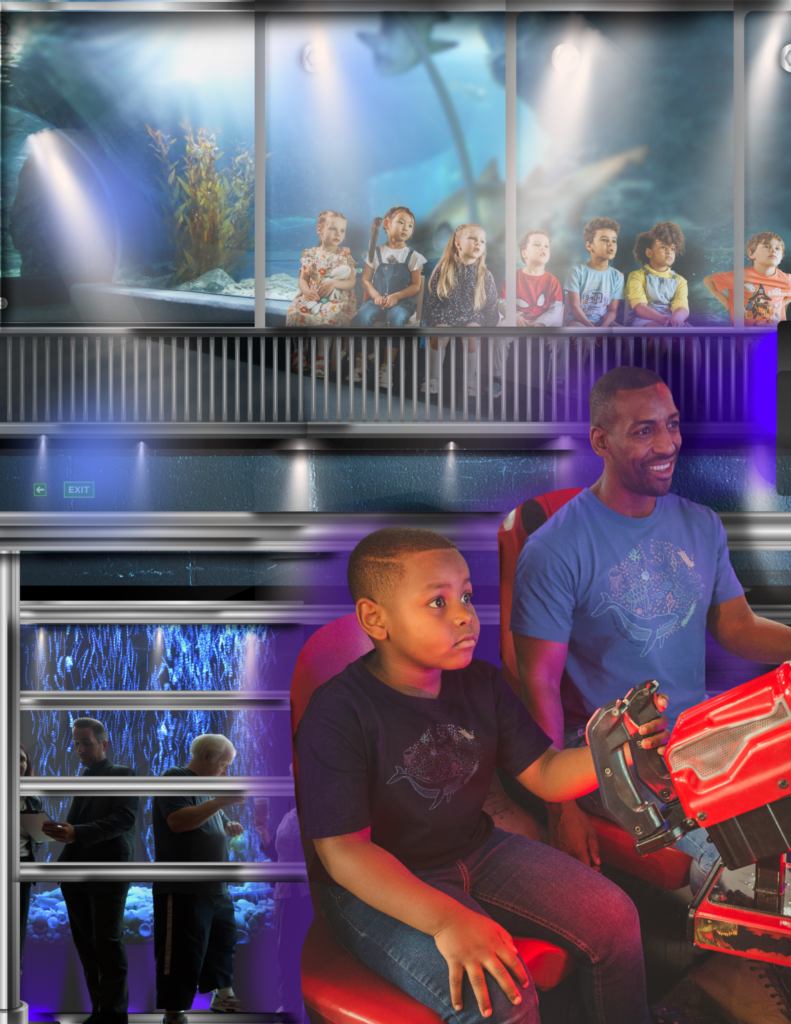
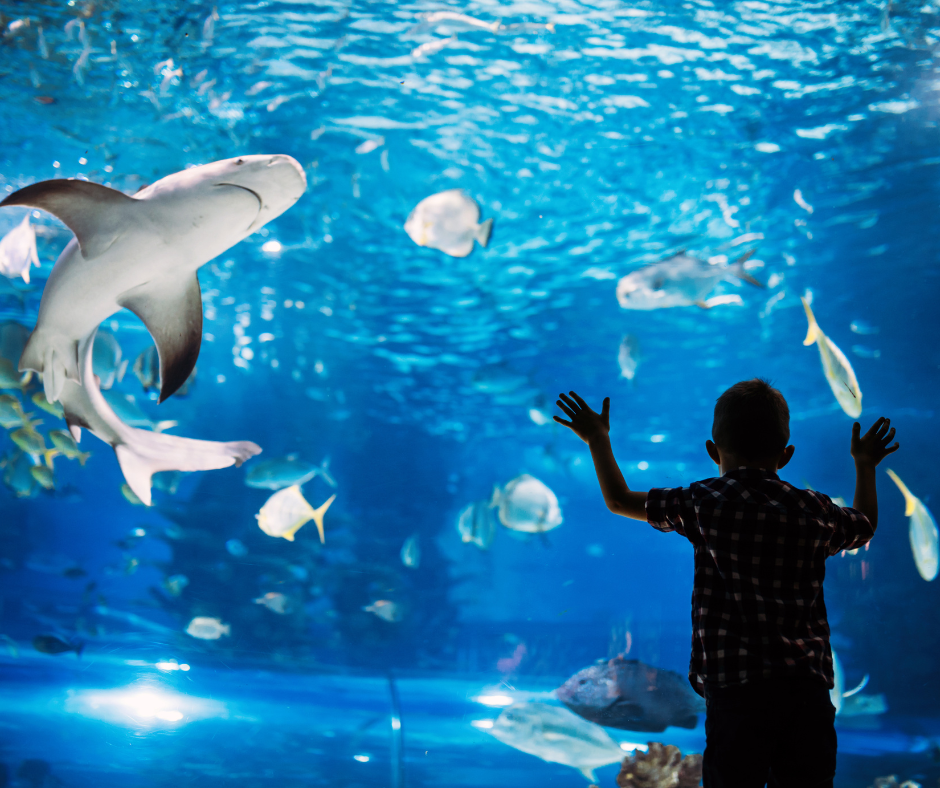
To create a truly immersive experience at the Rockford Aquarium, the design team will consider incorporating multi-sensory elements that engage visitors’ senses of touch, taste, and smell. For example, visitors can taste samples of sustainably sourced seafood or touch replicas of marine life. These elements can enhance the visitor experience and help create a more holistic understanding of the underwater ecosystem.
The aquarium will also focus on creating exhibits that showcase the interconnectedness of different aquatic species and their impact on the larger ecosystem. By emphasizing the importance of conservation efforts and sustainability, the aquarium can help visitors understand the impact of their actions on the environment and inspire them to make positive changes in their daily lives.
The Rockford Aquarium will also collaborate with other aquariums or research institutions to share information and resources. This can help keep the exhibits up-to-date and offer visitors a unique experience that cannot be found anywhere else. In terms of education, the aquarium can offer programs for teachers to help integrate the visit into their curriculum. This can include lesson plans, educational materials, and opportunities for professional development. The Aquarium will also provide educational programs that align with the curriculum, and behind-the-scenes tours that show the care and maintenance of the aquatic life.
The Rockford Aquarium is dedicated to providing a comprehensive and immersive experience that focuses on education and environmental awareness. The aquarium strives to become a valuable resource for the Rock River Valley community and a popular destination for visitors.
The key to creating a successful immersive experience at the Rockford Aquarium is to focus on the visitor experience, with an emphasis on education, conservation, and sustainability. By doing so, the aquarium can become a valuable resource for the community and a popular destination for visitors.
To make the experience more holistic, the aquarium will incorporate multi-sensory elements that engage visitors’ senses of touch, taste, and smell. Visitors can taste samples of sustainably sourced seafood or touch replicas of marine life to enhance their understanding of the underwater ecosystem.
The aquarium will focus on showcasing the interconnectedness of different aquatic species and their impact on the larger ecosystem. By emphasizing the importance of conservation efforts and sustainability, the aquarium will inspire visitors to consider making positive changes in their daily lives.
The Immersion exhibits will also help to foster a sense of empathy and respect for marine life, which is essential for creating a more sustainable future for our oceans and marine animals. By allowing visitors to experience marine life and ecosystems up close, the aquatic immersion exhibits can help to dispel myths and misconceptions about these creatures and their environments. They can also help visitors to understand the important role that marine life plays in our planet’s ecosystem, and the threats that these creatures face due to human activities such as pollution, overfishing, and climate change.
The various Immersion exhibits will also be a drawcard for the Rockford Aquarium, attracting visitors from near and far who are seeking a unique and memorable experience. By offering immersive and interactive exhibits, the aquarium will create a strong connection with its visitors and build a loyal following of people who are passionate about marine life and conservation.


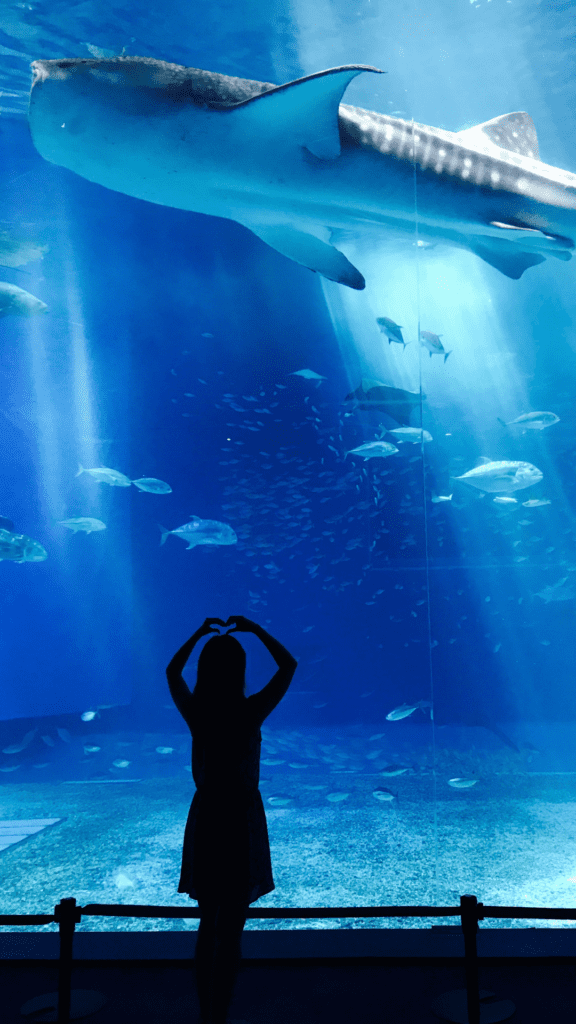
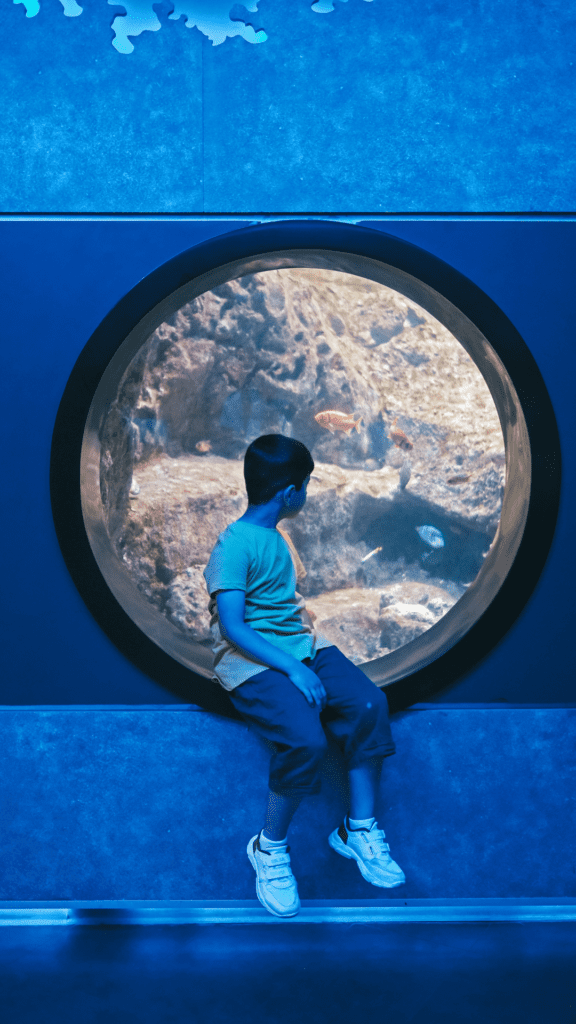
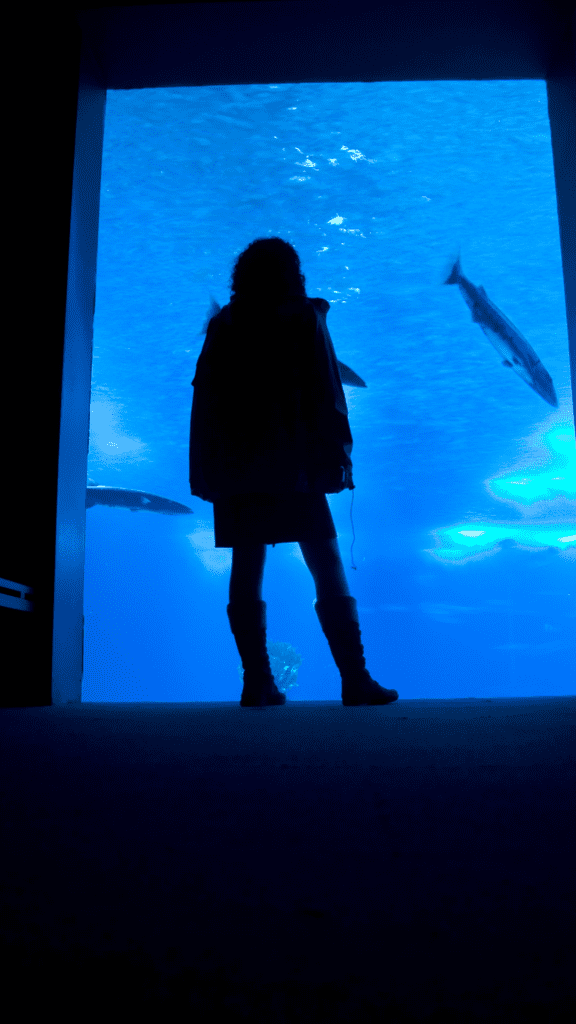

Aquariums are a well-known attraction type, generally with high levels of visitation, with high repeat visitation. Aquarium audiences have high expectations that their experience will be “fresh” and that new reasons to visit will be offered. While most aquariums focus on saltwater habitats, some aquariums have successfully interpreted their unique, local marine or freshwater stories, which helps them to be especially interesting for local tourists and residents. Other aquariums offer a mix of “exotic” environments and species and compare them to the local environment and species. The technology and exhibit techniques of aquariums have improved substantially in recent past decades. Advanced life support systems; improved husbandry techniques; larger, unobstructed acrylic panels and tunnels for better viewing, and other improvements have become standard in modern aquariums. However, as technological advances have improved and enhanced the visitor experience, visitor expectations have also risen.
By using a combination of these and other creative approaches, The Rockford Aquariums will provide visitors with a rich and diverse edutainment experience that engages their curiosity, stimulates their creativity, and inspires them to learn more about aquatic life and the importance of marine conservation.
Among many other design concepts, here are five unique, global marine and freshwater interpretive stories that the Rockford Aquarium design team will consider showcasing through a comprehensive and immersive experience to attract our visitors:
One of the most famous and unique marine stories is the Great Barrier Reef in Australia. The aquarium can showcase the diversity of the reef’s marine life and the threats it faces, including climate change, overfishing, and pollution.
The Amazon River is home to an incredible diversity of freshwater species, including the infamous piranha. The aquarium may well showcase these unique and often misunderstood creatures, as well as the importance of protecting the Amazon River basin.
Located in Russia, Lake Baikal is the world’s deepest lake and home to a variety of unique freshwater species, including the nerpa, a species of freshwater seal. The aquarium may showcase the lake’s fascinating ecosystem and highlight the threats it faces, such as climate change and pollution.
The Great Lakes in North America are the largest group of freshwater lakes in the world and home to a variety of unique species, including the lake sturgeon and the blue pike. the aquarium will showcase the importance of protecting these freshwater resources and the species that call them home.
The Coral Triangle is a region in Southeast Asia that contains some of the world’s most diverse coral reefs. the aquarium may showcase the incredible diversity of marine life in this region and the threats it faces, such as overfishing, pollution, and climate change.
The Rockford aquarium will interpret unique, local marine and freshwater stories of the Rock River, lakes, as well as streams in the Rock River Valley, which will be especially interesting for tourists and residents alike. By interpreting these unique, local marine and freshwater stories, the Rockford Aquarium can attract visitors who are interested in learning about the local ecosystem and its history. Additionally, the aquarium will educate visitors about the importance of protecting these resources for future generations.
Here are some examples of the stories the aquarium will be interpreted and rotating as part of the Master Exhibit Plan:
The Rock River is a 300-mile-long river that runs through Illinois and Wisconsin. The aquarium could showcase the diversity of species that call the river home, including fish such as smallmouth bass and northern pike, and highlight the importance of protecting the river’s water quality.
The Rock River Valley is home to several lakes, including Pierce Lake, Rock Cut State Park, and Lake Summerset. The aquarium will showcase the unique species found in these lakes, such as the elusive muskellunge, and highlight the importance of protecting these freshwater resources.
The Rock River Valley is also home to several prairie streams, such as Kinnikinnick Creek and Kilbuck Creek. These streams are home to a variety of species, including the colorful rainbow trout. The aquarium could highlight the importance of protecting these streams, which are often overlooked but essential to the health of the local ecosystem.
This river is considered to be one of the highest quality streams in Illinois due to its clean water and the diversity of life it supports. Historically and locally known as simply ‘The Kish’, is a 63.4-mile-long river and is a tributary of the Rock River and its name derives from the Potowatomi word for “River of the Sycamore.” The Kishwaukee River is a tributary of the Rock River that flows through northern Illinois. The aquarium will showcase the unique aquatic habitats of the Kishwaukee River, including its rocky riffles and shaded pools, and highlight the different fish and invertebrate species that are found in this watershed.
The Rock River Valley has a rich history, dating back to the indigenous peoples who lived in the area before European settlement. The aquarium will showcase the history of the area and how it has shaped the local ecosystem today.
The Sinnissippi Dam is a hydroelectric dam on the Rock River. Sinnissippi Lake is a 2,855-acre impoundment of the Rock River in Dodge County. Historically, this was a rapids area of the Rock River before the stretch was dammed. The aquarium may showcase the fish ladder that was installed to help fish migrate upstream past the dam and highlight the importance of balancing renewable energy production with protecting local aquatic habitats.
The Rock River Valley is home to several floodplains and wetlands that are important habitats for local wildlife, including the endangered Hine’s emerald dragonfly. The aquarium could showcase the importance of these wetland habitats and highlight efforts to protect and restore them.
Accordion C
“Fordham,” was first constructed in the 1840s as the Rockford Water Power Co. and was first used for hydroelectric in 1896 by Rockford Electric Company. The ford played an important part in the early history of the white settlers, giving the name to the Rock River, and to our city. It had served the Indians as a river crossing for generations. Their trails ran North and South, East and West from the ford. At first our city was known as ‘The Ford or Rockie Ford’. When the Chicago-Galena stage route was established, it the town was called Midway, being halfway between Chicago and Galena. In the summer of 1835, a group of men met to give our city its name and one of the men, Mr. Godhouse suggested that they call it Rockford, from the Rockie Ford in the river, as a result the ford gave our city its current name. The aquarium will offer educational tours that highlight the local aquatic ecosystem and the importance of protecting it. A vast variety of fish call the Rock River home, including sauger, crappie, catfish, walleye, green sunfish, redear sunfish, nassau grouper, carp, saugeye, largemouth bass, bowfin, warmouth, white bass, smallmouth bass, panfish, blue catfish, rock bass, northern pike, sucker, black bullhead, flathead, muskie, drum, bigmouth buffalo, bream/bluegill and bullhead are located here. In the late eighteen nineties, fish from Illinois rivers were being sent upstream and across to Chicago for sale in commercial markets on the east coast. The local carp and buffalo fish were used to make gefilte fish or fried carp in cornmeal batter. During the early part of the nineteen century, you would find freshwater carp on many fine dining menus in Chicago and New York City.
ontent
The Rockford Fish Hatchery is a facility that raises fish for stocking in local lakes and streams. The aquarium could showcase the different fish species that are raised at the hatchery and explain the process of fish stocking and its impact on the local ecosystem. The history of fish stocking in Illinois goes back well over 100 years to the very early days of American aquaculture. In the 1870s, just years after the transcontinental railroad was completed, fish were transported to distant bodies of water in train cars.
Rockford has a strong Swedish heritage, and the aquarium will highlight the Scandinavian influence on local aquatic culture. As special interpretive exhibit example, the aquarium will showcase the traditional Swedish fishing technique of “nätfiske,” which involves using a large seine net to catch fish.
The Illinois Waterway is a system of canals and locks that connect the Great Lakes to the Mississippi River. The Rock River is an important part of this waterway, and the aquarium will highlight the importance of this transportation system and the impacts it has had on the local aquatic ecosystem.
The Rockford Riverwalk is a scenic pathway that runs along the Rock River in downtown Rockford. The aquarium will partner with the Riverwalk community partners to offer educational tours that highlight the local aquatic ecosystem and the importance of protecting it.
The Blanding’s Turtle is a threatened species that is found in wetlands throughout the Rock River Valley. The aquarium will showcase this unique turtle species and educate visitors about the threats facing it, such as habitat loss and fragmentation. Blanding’s turtles are long-lived and can attain ages of up to 80 years in the wild. dependent upon both wetland and open canopy upland habitat for survival. Females will travel great distances to lay eggs in dry, well-drained soils.
The Rockford Aquarium has the opportunity to offer a comprehensive and engaging experience for visitors interested in learning about the unique, local marine and freshwater stories of the Rock River Valley. These edutainment immersion exhibits examples can be an excellent educational tool, as they can provide a unique opportunity for visitors to learn about marine life and ecosystems in an engaging and hands-on way of the local marine and freshwater ecosystems of the Rock River, lakes, and streams in the region
